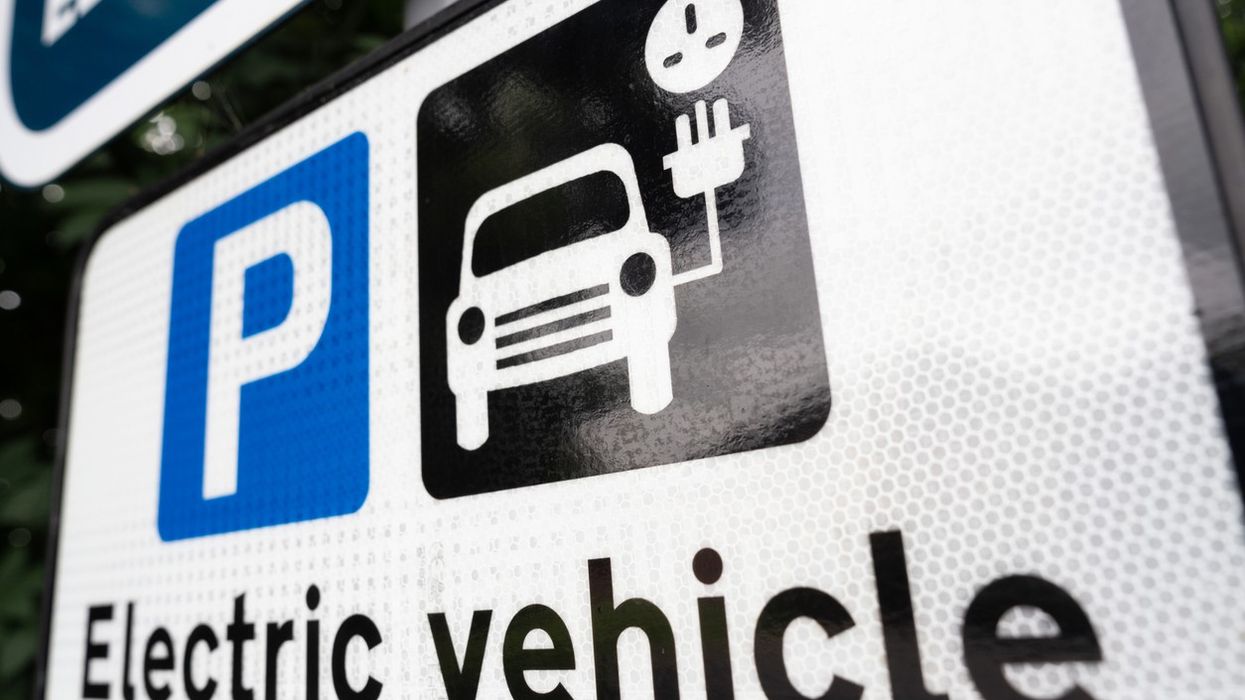Highlights
- iPhone 17 expected to launch between 8 and 10 September 2025
- A new ultra-thin iPhone 17 Air model could replace the Plus version
- All four models tipped to include Apple’s A19 chip and 12GB RAM
- Rumours point to a 24MP front camera and horizontal camera bar on Pro models
- A price increase is possible amid design changes and tariff concerns
Apple iPhone 17 launch date
Apple is expected to announce the iPhone 17 range during its usual September launch window. Reports suggest that the keynote will likely take place between Monday, 8 September, and Wednesday, 10 September 2025, in line with previous iPhone reveals.
Pre-orders are expected to open on Friday 12 September, with the full release likely to follow on Friday 19 September.
Pricing: Could this be the year prices rise?
While Apple has traditionally held iPhone pricing steady, 2025 could bring an increase. According to The Wall Street Journal, the company may raise prices due to new design and feature costs, not tariffs.
In the UK, the iPhone 17 Air — which is expected to replace the Plus model — could be priced at £899, matching the iPhone 16 Plus. The Air model is expected to feature a slimmer design, which may come with some battery trade-offs.
Design: A thinner frame and new finishes
The iPhone 17 Air is expected to be the thinnest iPhone ever, at just 5.5mm, according to leaker IceUniverse. It may feature a 6.6in OLED display, a single 48MP rear camera in a horizontal pill-shaped bar, and a slightly off-centre USB-C port to accommodate the slim body.
Across the wider range, aluminium frames are expected to return, replacing the titanium build found in the iPhone 16 Pro. Reports suggest the Pro and Pro Max models may also feature a half-glass, half-aluminium rear casing to preserve wireless charging.
Rumours also indicate a repositioned Apple logo to accommodate a full-width rear camera bar and updated colour options, including sky blue and a possible new pastel purple for the base models.
Display features across the range
The iPhone 17 and 17 Pro models are expected to retain the same display sizes as their iPhone 16 counterparts:
- iPhone 17: 6.1in
- iPhone 17 Pro: 6.3in
- iPhone 17 Pro Max: 6.9in
- iPhone 17 Air: 6.6in
Some leaks suggest that always-on display and ProMotion technology may be extended to the non-Pro models, although there are conflicting reports on production readiness.
Internal specs and performance
All four models in the iPhone 17 line-up are expected to feature the new A19 chip, with the Pro and Pro Max models using the more powerful A19 Pro. RAM is expected to increase to 12GB across the board, up from 8GB in the previous Pro range, to support future Apple Intelligence features.
The iPhone 17 Air will reportedly use Apple’s in-house C1 modem and may omit the SIM tray entirely — including in non-US markets. Wi-Fi 7 support is expected across all models, while the Pro handsets may feature a new vapour chamber cooling system.
Camera upgrades and Pro features
The entire iPhone 17 range is expected to feature a 24MP front-facing camera, up from 12MP in the iPhone 16. The Pro model could include a 48MP telephoto lens with 3.5x optical zoom and a redesigned horizontal triple camera array.
One standout rumour suggests that the Pro models may offer a new video feature, allowing users to record from both the front and rear cameras simultaneously, aimed at vloggers and content creators.
Battery life and new cell technology
Battery performance may be a concern for the thinner iPhone 17 Air. Some reports claim only 60–70% of users will make it through a full day on one charge, compared to the 80–90% average on other models.
Apple is said to be working with TDK to introduce a new silicon-anode battery technology, which could help offset the smaller battery size. A dedicated battery case may also be offered to support heavy users.
What to expect from the iPhone 17
The iPhone 17 line-up looks set to introduce meaningful design changes, improved performance, and notable camera upgrades. The addition of the iPhone 17 Air may appeal to users seeking a slimmer, lighter device, though its single-camera setup and battery life may divide opinion.
While some features like a full Siri revamp and deeper Apple Intelligence integration are delayed until 2026, this year’s release could still mark one of the most significant updates to the iPhone range in recent memory.














